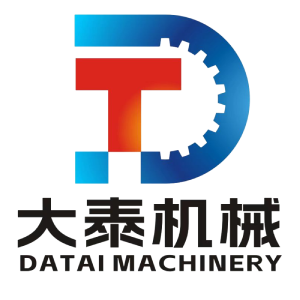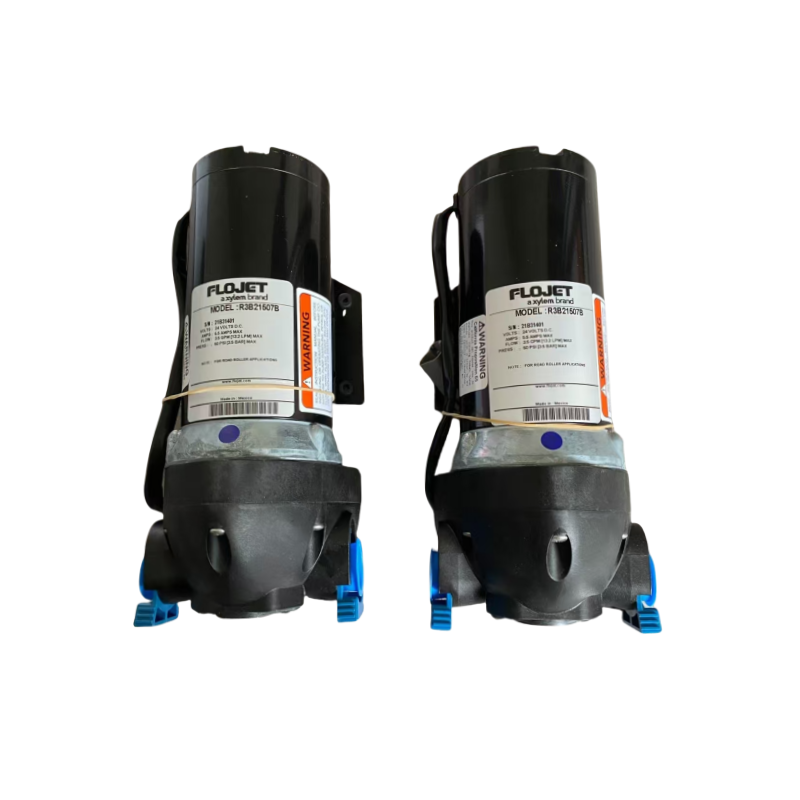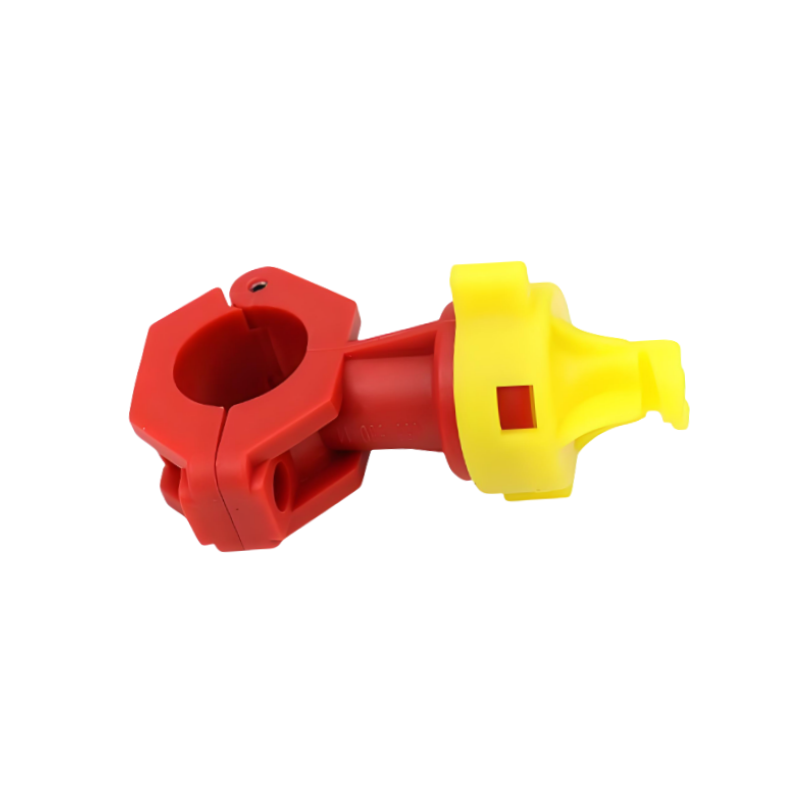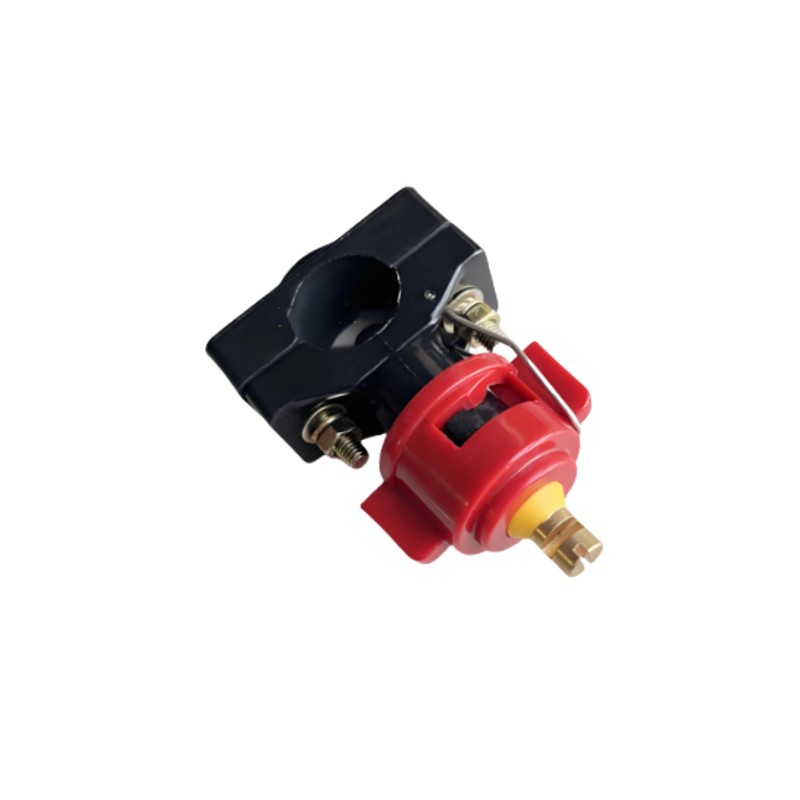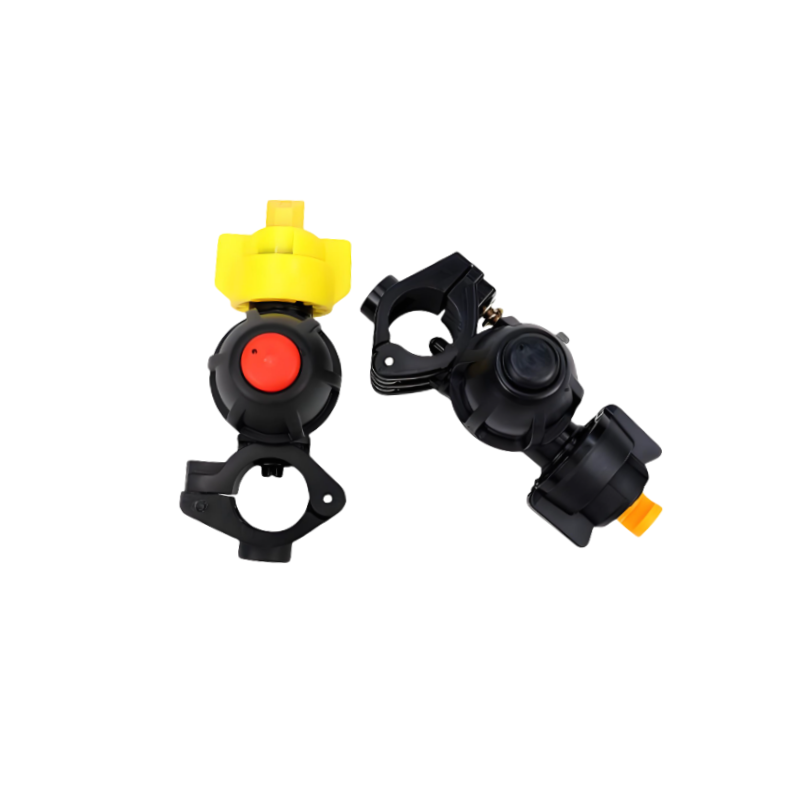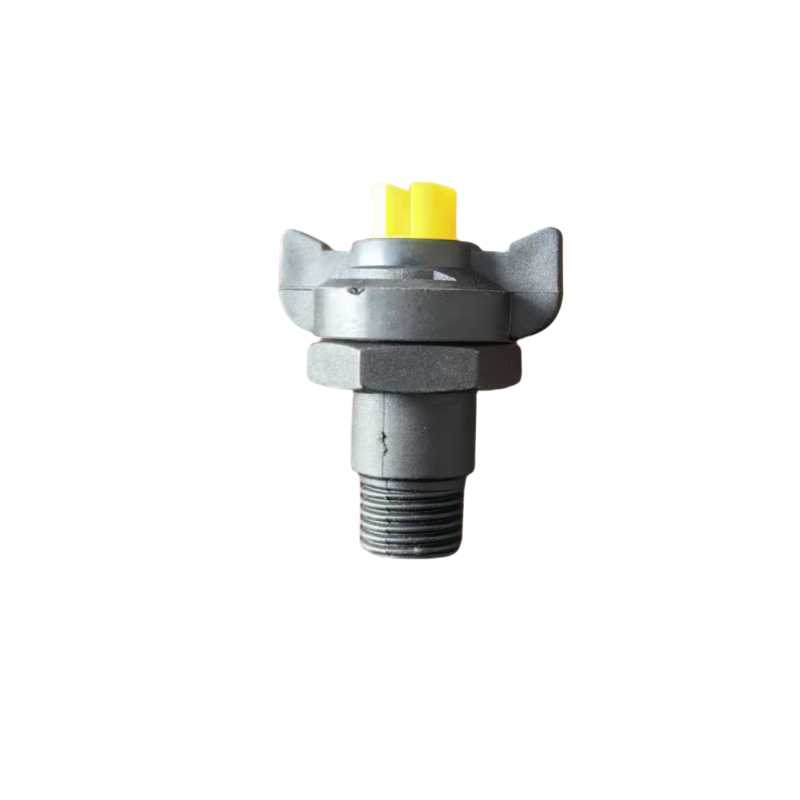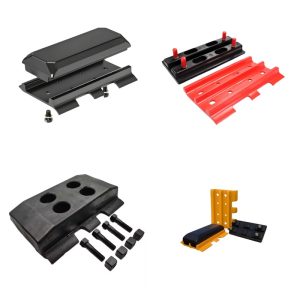- Main functions
Cooling and moisturizing: Spraying water mist during asphalt pavement compaction can prevent the asphalt from sticking to the wheels due to high temperature, ensuring the quality of compaction.
Dust suppression: Reduce dust pollution and improve the working environment during earthwork or base compaction.
Clean the roller: Rinse off any remaining asphalt or debris on the surface of the roller to avoid affecting the compaction effect. - Composition structure
Water tank: usually located at the rear or top of the roller, with a capacity ranging from tens to hundreds of liters (depending on the model).
Pump/Pressure System: Provides water flow pressure to ensure even spraying.
Spray pipe/nozzle: Installed near the roller, the nozzle is mostly adjustable and covers the width of the roller.
Control system: The cab can adjust the water volume and switch the sprinkler function. Some models support automatic sensing spraying. - Types and characteristics
Manual control type: The water volume is manually adjusted through valves, which is low-cost but has poor accuracy.
Automatic spraying type: Automatically adjust the water volume according to the temperature or speed of the roller, efficient and energy-saving.
Atomization spray system: sprays fine water mist, saves water and covers evenly (suitable for asphalt rolling).
High pressure flushing system: specifically designed for cleaning rollers, with high water pressure. - Application scenarios
Asphalt compaction: It is necessary to finely control the amount of water to avoid excessive water causing the asphalt to cool down too quickly.
Soil/gravel compaction: Low water requirement, mainly for dust suppression.
Working in cold regions: Some models are equipped with antifreeze design (such as heated water tanks). - Maintenance precautions
Regularly clean the nozzle to prevent blockage from affecting the spraying effect.
Check the sealing of the water tank: avoid water leakage or pollution of water quality.
Winter drainage: prevent residual water from freezing and damaging pipelines.
Water quality requirements: It is recommended to use clean water to reduce the accumulation of scale. - Technological development trends
Intelligent control: Integrated sensors to automatically adjust the amount of water sprayed based on the road surface condition.
Water saving design: such as circulating water systems or alternative technologies for air dust removal.
Environmentally friendly materials: corrosion-resistant lightweight water tanks and pipelines.
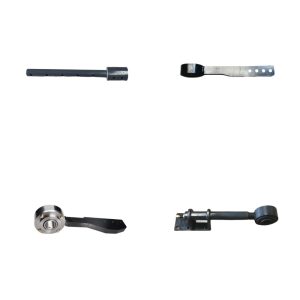
Paver material distribution rod
Spiral suspension rod Folding boom: convenient for transportation and narrow field operations.
